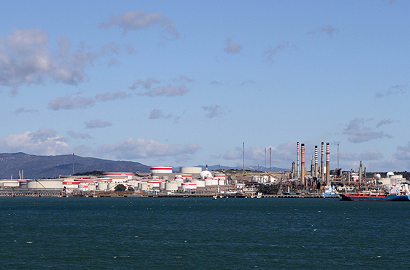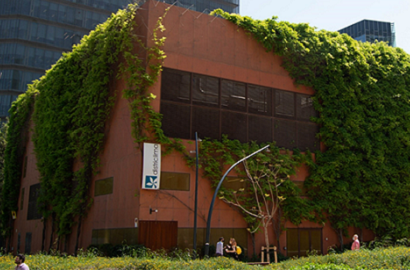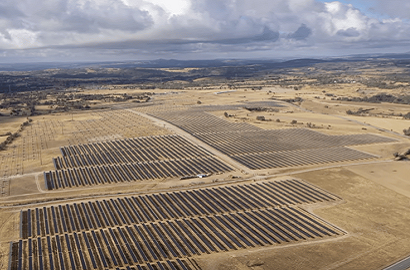Cepsa allocates 60% of investment in 2030 plan to Andalusia

The company will invest 5 billion euros in the region and 400 million euros in the Canary Islands, where it is already dismantling the refinery in Tenerife
Cepsa is beginning to set out its 2030 strategy, and has placed Andalusia at the forefront of its plans to develop technologies for generating sustainable energy. The production of green hydrogen and biofuels are the stars of this plan, with the region's leading company in terms of turnover intending to use them to contribute to the decarbonisation of industry and transport by land, sea and air.
Solar and wind energy projects will also play an important role in this strategy. Although the planned portfolio only aims to cover its own consumption, the objective is to reach a capacity of seven gigawatts in Andalusia by the end of the decade. The first gigawatt is already operational and connected to the grid to discharge excess production.
Job creation
With a total of 5 billion euros, investment in the region accounts for 60% of the overall amount planned in this ambitious roadmap. And it will also create jobs. The company is talking about no less than 17,000 jobs during the construction phases and lifetime of the projects. 13,000 of these will be direct or indirect jobs and the remaining 4,000 will be linked to these developments.
One of the most positive aspects of this news, apart from investment and job creation, is the modernisation of the energy sector, which Cepsa wants to harness to place Andalusia at the forefront of Europe. If its expectations are met, the region's power plants will export green hydrogen to Europe and adopt technologies based on artificial intelligence and advanced analytics, optimising its processes to reduce the environmental impact of their activity.
Transition to green hydrogen
Cepsa is currently one of the leading hydrogen producers in Spain, and it will drive a transition to green hydrogen production whereby its Andalusian centres will achieve a capacity of two gigawatts and will be its main producers in Spain and Portugal by 2030.
Biofuel production will also grow to a capacity of 2.5 million tonnes per year, 800,000 tonnes of which will be used for aviation. New processing units will be installed to convert its sites into biorefineries. As for chemical products, the Palos de la Frontera (Huelva) and San Roque (Cádiz) plants will start using renewable and recycled raw materials.
Cepsa CEO Maarten Wetselaar, made a statement during an informative meeting held in Seville, organised by Nueva Economía Forum, "Andalusia has been an important region for Cepsa for over 50 years, but it will become even more critical in the new Positive Motion strategy, as it has become the heart of our activity. We have strategic enclaves in Huelva and Campo de Gibraltar with optimal conditions for developing green molecules and electrons, something which will allow us to decarbonise both our activity and our customers'."
400 million in the Canary Islands
Cepsa's investment in the Canary Islands has also been announced. The company will invest 400 million euros to become the first energy supplier in the archipelago with sustainable production. 150 kilowatt ultrafast chargers will be available to the general public at half of its petrol stations within a year, and at all of them by 2024. , At ports and airports, ships and aircraft will have access to its second-generation biofuels.
In terms of infrastructure, Cepsa will build a logistics facility for storing and distributing all types of fuels, with a capacity of 121,500 cubic metres. It will be operational by 2025 in the port of Granadilla, in the south of the island of Tenerife.
But the main news for the island is undoubtedly the start of the process for dismantling its refinery, which will be carried out gradually over the next few years, in coordination with the government of the Canary Islands. What was at the time the first Spanish refinery, built in 1930, will reach its centenary having been converted into a plot covering half a million square metres, ready to be handed back to the city.
Photo: Cepsa




